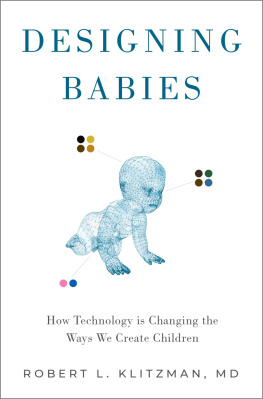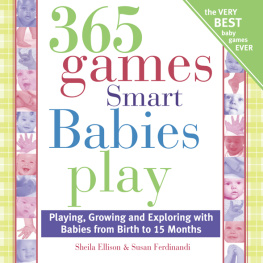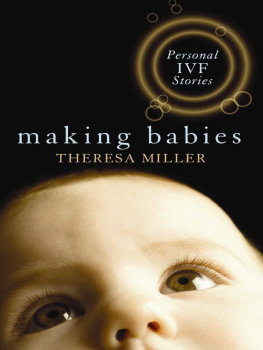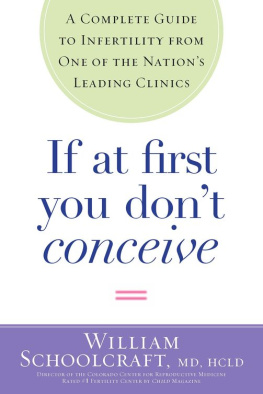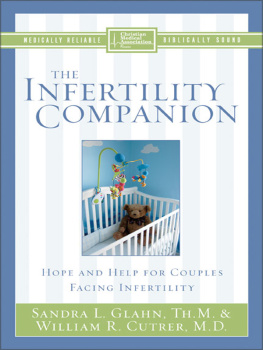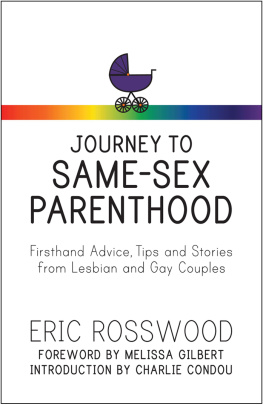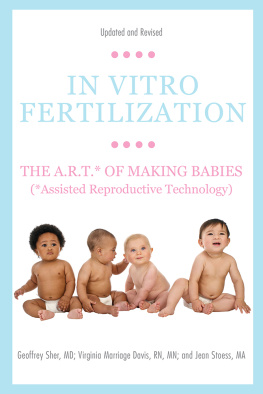Robert Klitzman - Designing Babies: How Technology is Changing the Ways We Create Children
Here you can read online Robert Klitzman - Designing Babies: How Technology is Changing the Ways We Create Children full text of the book (entire story) in english for free. Download pdf and epub, get meaning, cover and reviews about this ebook. year: 2019, publisher: Oxford University Press, genre: Children. Description of the work, (preface) as well as reviews are available. Best literature library LitArk.com created for fans of good reading and offers a wide selection of genres:
Romance novel
Science fiction
Adventure
Detective
Science
History
Home and family
Prose
Art
Politics
Computer
Non-fiction
Religion
Business
Children
Humor
Choose a favorite category and find really read worthwhile books. Enjoy immersion in the world of imagination, feel the emotions of the characters or learn something new for yourself, make an fascinating discovery.
- Book:Designing Babies: How Technology is Changing the Ways We Create Children
- Author:
- Publisher:Oxford University Press
- Genre:
- Year:2019
- Rating:5 / 5
- Favourites:Add to favourites
- Your mark:
Designing Babies: How Technology is Changing the Ways We Create Children: summary, description and annotation
We offer to read an annotation, description, summary or preface (depends on what the author of the book "Designing Babies: How Technology is Changing the Ways We Create Children" wrote himself). If you haven't found the necessary information about the book — write in the comments, we will try to find it.
Since the first test tube baby was born over 40 years ago, In Vitro Fertilization and other Assisted Reproductive Technologies (ARTs) have advanced in extraordinary ways, producing millions of babies. An estimated 20% of American couples use infertility services to help them conceive, and that number is growing. Such technologies permit thousands of people, including gay and lesbian couples and single parents, to have offspring. Couples can now transmit or avoid passing on certain genes to their children, including those for chronic disease and, probably sometime soon, height and eye color as well. Prospective parents routinely choose even the sex of their future child and whether or not to have twins. The possibilities of this rapidly developing technology are astounding-especially in the United States, where the procedures are practically unregulated and a large commercial market for buying and selling human eggs is swiftly growing. New gene-editing technology, known as CRISPR, allows for even more direct manipulation of embryos genes. As these possibilities are increasingly realized, potential parents, doctors, and policy-makers face complex and critical questions about the use-or possible misuse-of ARTs. Designing Babies confronts these questions, examining the ethical, social, and policy concerns surrounding reproductive technology. Based on in-depth interviews with providers and patients, Robert Klitzman explores how individuals and couples are facing quandaries of whether, when, and how to use ARTs. He articulates the full range of these crucial issues, from the economic pressures patients face to the moral and social challenges they encounter as they make decisions which will profoundly shape the life of their offspring. In doing so, he reveals the broader social and biological implications of controlling genetics, ultimately arguing for closer regulation of procedures which affect the lives of generations to come and the future of our species as a whole.
Robert Klitzman: author's other books
Who wrote Designing Babies: How Technology is Changing the Ways We Create Children? Find out the surname, the name of the author of the book and a list of all author's works by series.

